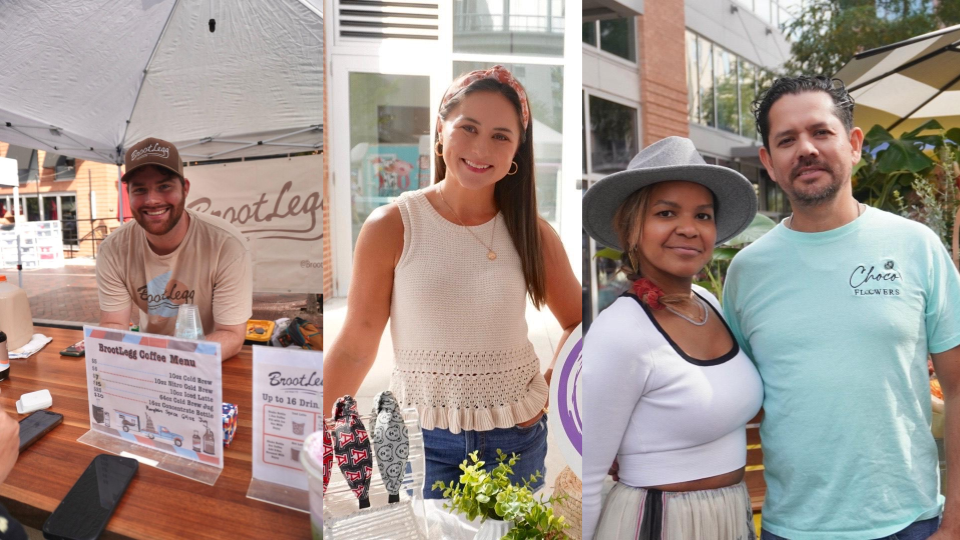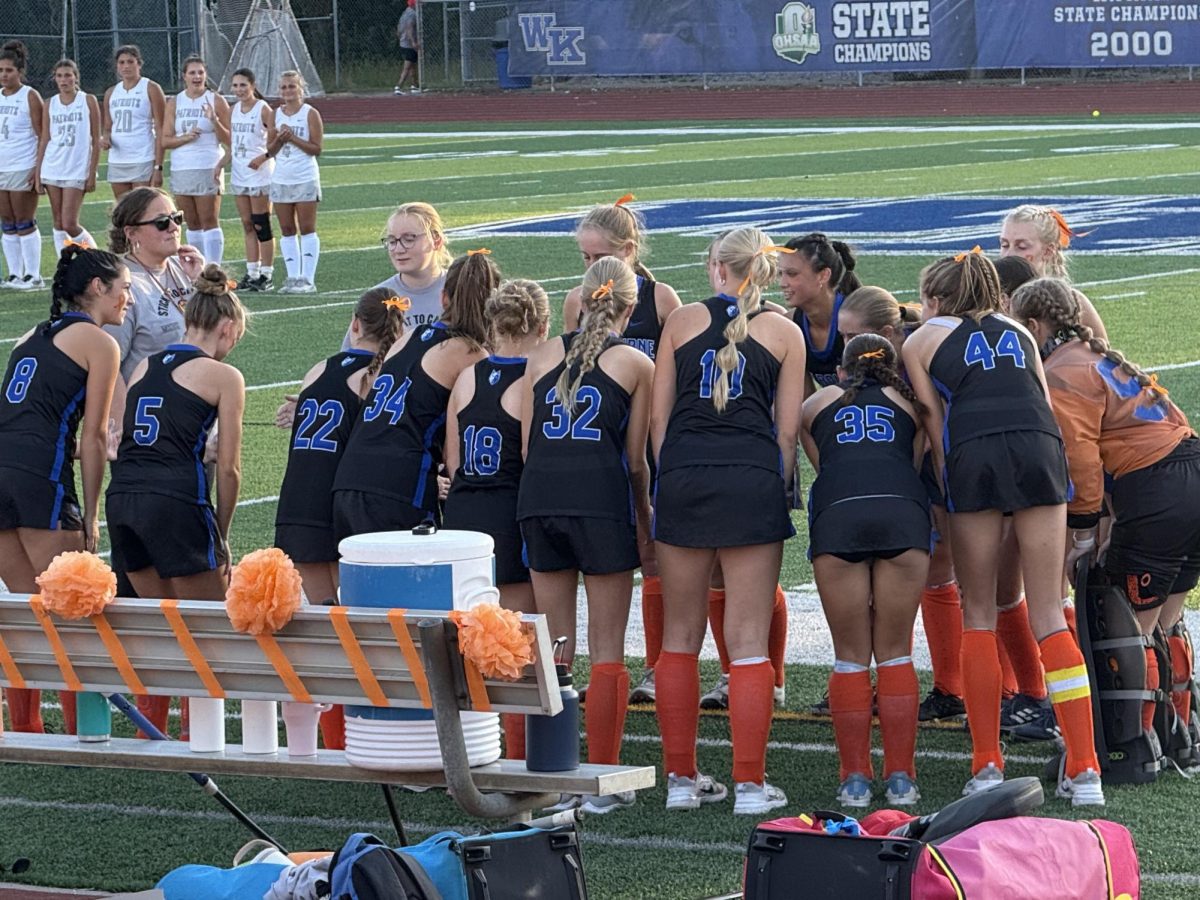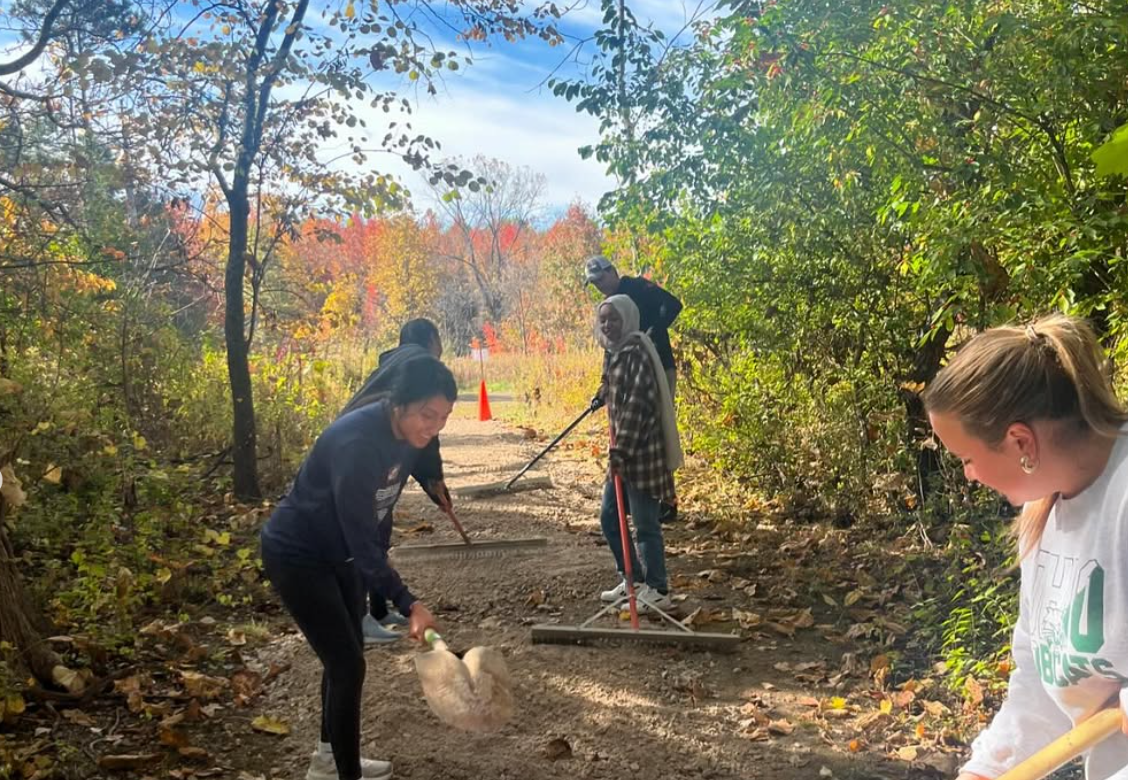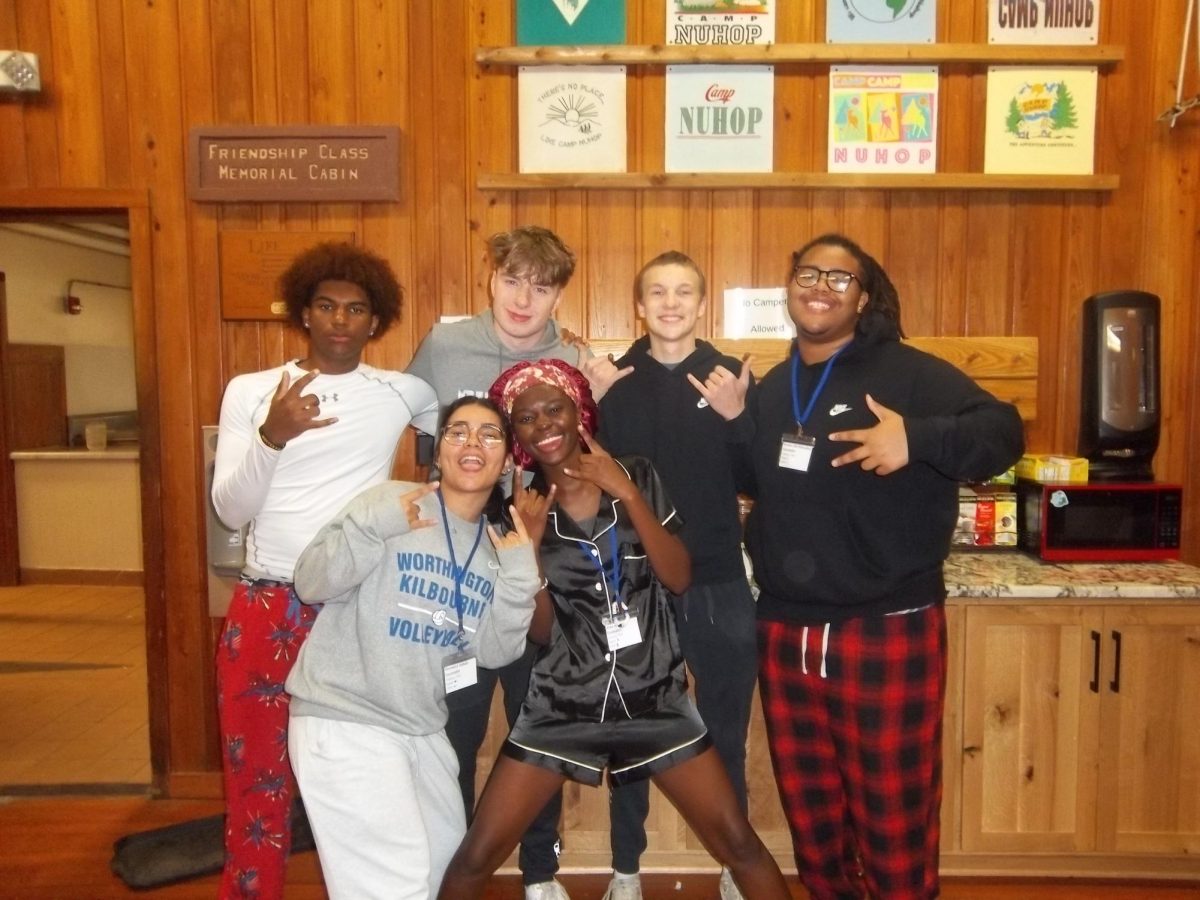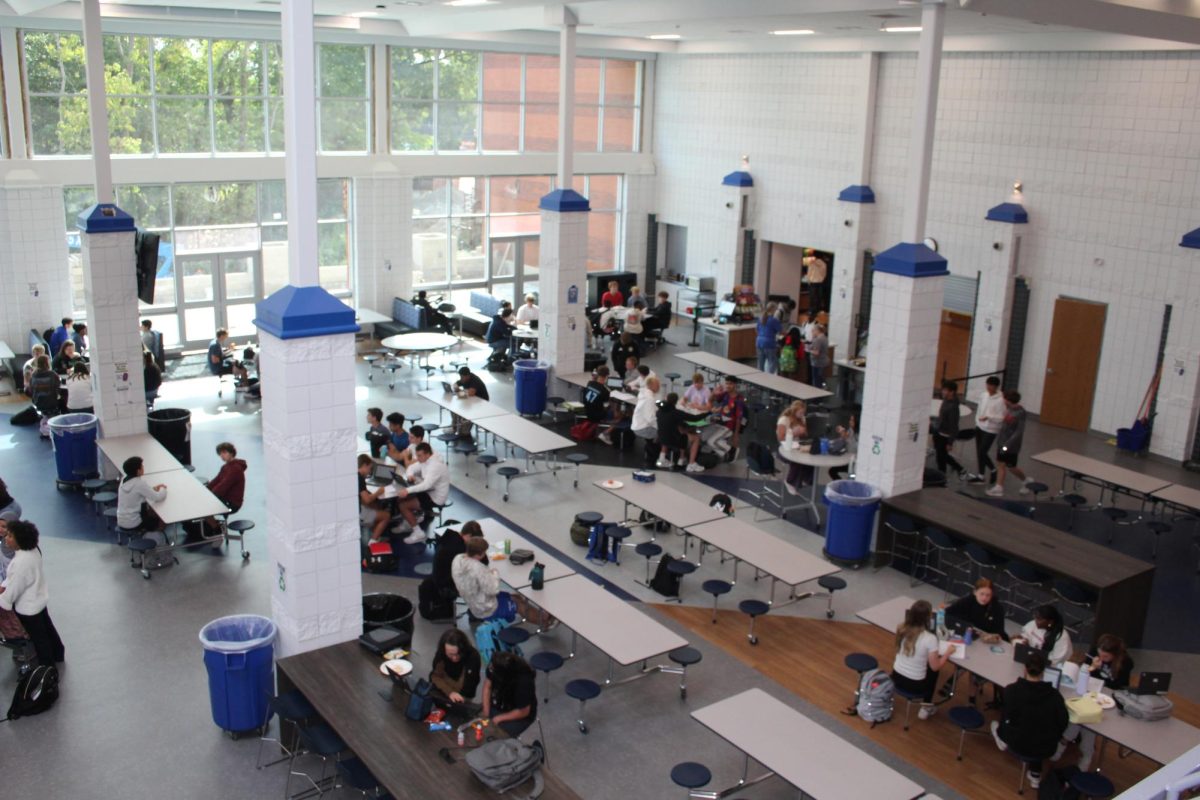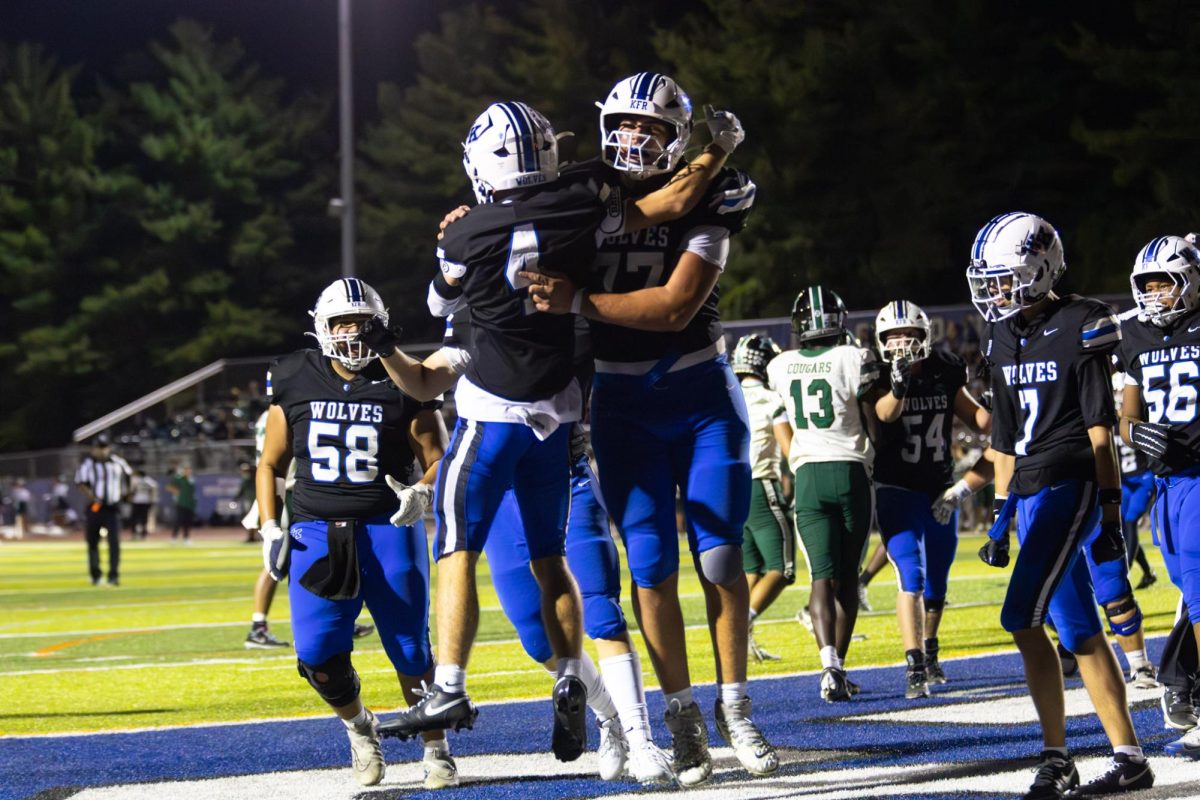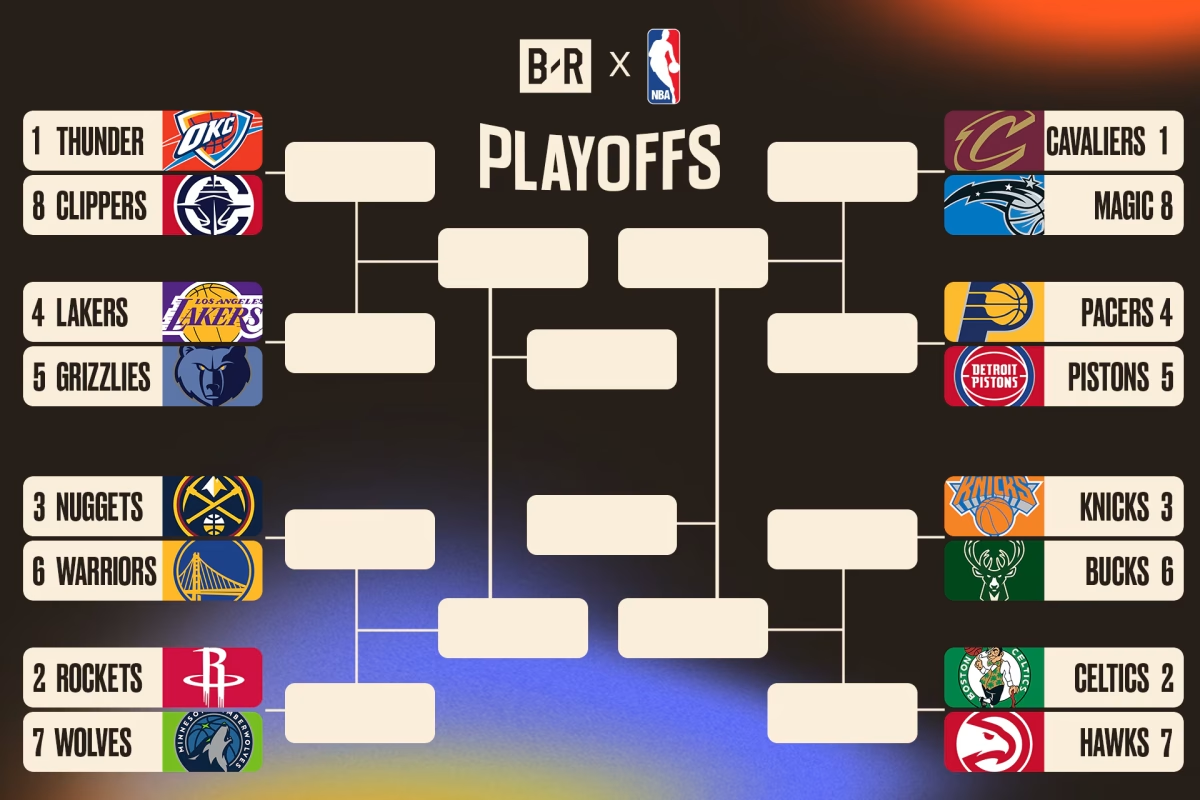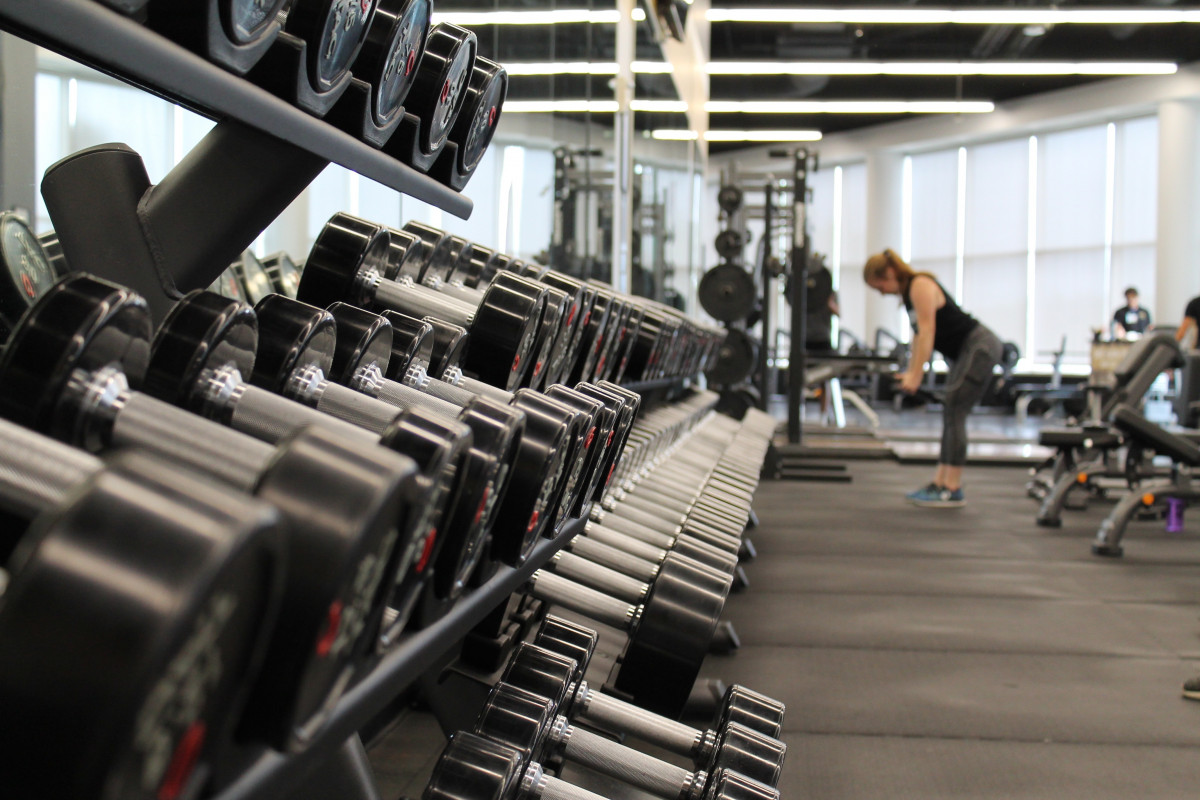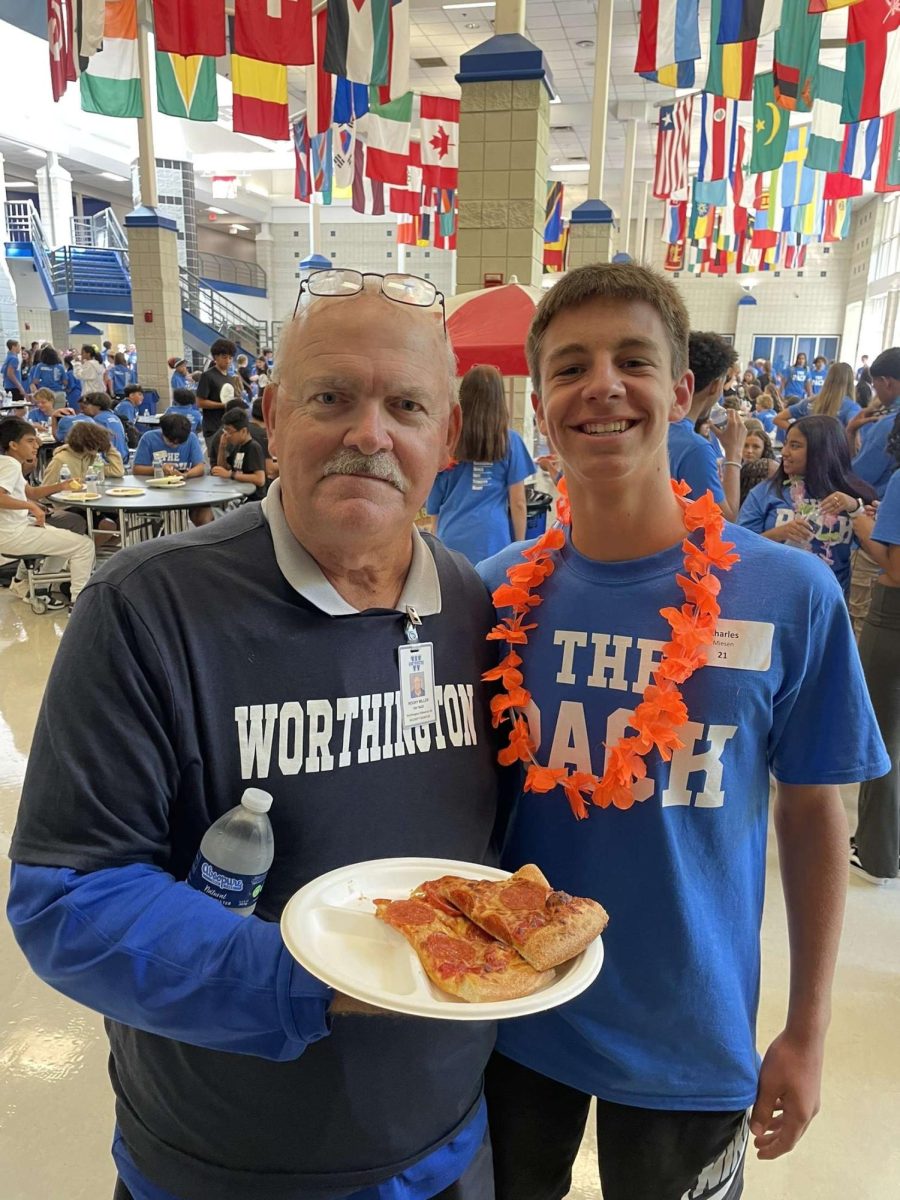As Kilbourne is quickly approaching the time to schedule for next school year, it is important for students to be aware of classes that fall outside of core subjects. With so many classes to offer, Kilbourne is very unique and provides many opportunities for students to explore and discover what they love. There are many classes taking place on a daily basis that most students know nothing about, and with scheduling taking place soon, students should be aware of what courses they are able to take. Teachers share a little bit about the classes that they teach and offer scheduling advice for students in a seemingly stressful and overwhelming time.
Food for Fitness
“Food for Fitness is all about making healthy alternatives and supplements into our daily eating habits. The course is designed so that you learn about important nutrients and the proper food that is needed to fuel your body; all through hands-on experience in the kitchen lab,” Anna St. Clair shares about Food for Fitness.
Differing from the typical core classes that Kilbourne has to offer, Food for Fitness offers a very hands-on experience where students can learn a clear life skill that is applicable right away. There is no prerequisite or grade level requirement in order to take this class, as there are no requirements to start making healthier choices.
St. Clair recommends that “people should take FFF (Food for Fitness) if they are wanting to learn more about healthy eating, how to make healthy alternatives, and more!”
By offering hands-on experience with cooking in the classroom, students are able to learn these skills in an impactful way that goes beyond a typical learning environment. Though a common classroom setting is clearly necessary for students, it is undeniable that practicing hands-on skills is effective.
St. Clair leaves students with this: “My favorite part of teaching this course has to be the students! They are what make the class so fun and enjoyable! I try to make this a student-based course, allowing them to have a say on what is made in the kitchen some of the time. I make sure that everyone is getting all the information needed to be successful, but it’s so fun when the students can create food that they actually want to eat! Oh, and the baking unit is the best! Who doesn’t love healthy cake?”
When scheduling, if searching for a unique course that offers hands-on experience and healthy cake, food for fitness is a perfect option.
Strength Training
“We lift three times a week, do yoga/stretching routines once a week, and do speed/plyometrics and cardio-based running one day a week.” Michael Edwards describes the class that he teaches, strength training.
Strength training is another unique opportunity that students can take advantage of here at Kilbourne. Students focus on “big lifts like squat, bench press, and hex bar dead lift,” but also focus on other key fitness aspects, such as the cardio and speed aspects that Edwards mentioned.
Edwards suggests that strength training “gives students a routine of how to be active for 5 days per week (30 minutes per day). It’s basically like having a free gym membership and personal trainer; Take advantage of it!”
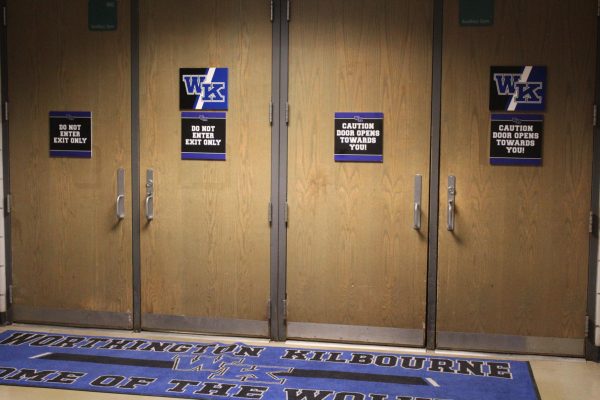
This course undoubtedly offers an opportunity for students to gain personal strength and gain knowledge about having a routine and staying active. From week 1 to week 18, there is always a great deal of growth in every student, whether that be strength, form, or just confidence. Edwards says watching that growth is his favorite part of teaching such a unique class.
Although a clear great opportunity for student-athletes, Edwards recommends “Even if you don’t need the credit and even if you don’t like to exercise, take strength training!”
Strength training is a class that all students should give a try, no matter their experience, interest, or comfort level with the course.
Contemporary Voices
“Contemporary Voices is a senior-only class that focuses on contemporary issues through nonfiction writing,” as said by teacher Lisa Mullen. She explains that throughout the year, students work on analysis, reading, and writing skills.
For Mullen, her favorite part about teaching contemporary voices is the students themselves, “especially when [she] gets students that she has had in the past,” since she also teachers other English classes, such as AP Lang.
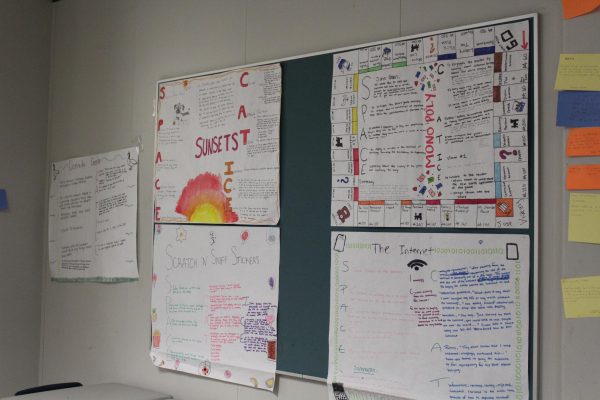
Speaking to the uniqueness of contemporary voices, Mullen explains her belief that “nonfiction itself is not a genre that we use often. . . in this nonfiction based class, you get that exposure to well written longer form nonfiction.”
When scheduling courses, it is also important to make sure you are preparing yourself for college level coursework, and contemporary voices provides this college readiness aspect because it is a blended class. This means that with this class, there are in person classes and online work days. Mullen declares that this helps students learn “better self management skills, time management, how to prioritize, and [how to] have consequences for the choices you make.”
Mullen again stresses the importance of time management when she offers a piece of advice for making a schedule: “Don’t try to not take a lunch, but also promise yourself you’re going to challenge yourself with one of your classes.”
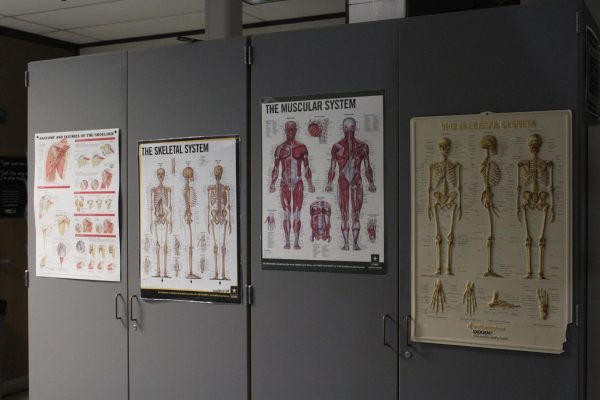
Athletic Training
“It is called athletic training because this course is uniquely made up of almost all the allied health professions. We do a little bit of all of it. We are the first ones to an emergency, we do an examination, we do the rehabilitation, we are constantly applying the mental treatment, we recognize nutrition deficits and so on,” shares Dyanne Lewis.
Athletic training offers students the opportunity to get a glimpse into many health professions, whether paramedics, doctor or nurse, physical therapist, or psychologist. Throughout the semester, students can explore each of these fields and begin to rule in or out which career might be of most interest to them.
When a student chooses the field that they are most interested in, Lewis explains that the 2nd quarter of this semester long course is spent doing an independent study, which could be anything from developing a nutrition program for a diabetic athlete to learning how to tape or use sterile-strips. The flexibility of this course is clear, as students can choose to do more learning or something that is hands-on.
Lewis mentions that a normal day could range anywhere from playing 20 questions so students can practice asking better questions during a medical examination, watching footage and processing whether or not an athlete should be able to return to play, or even learning practical rehabilitation evaluations that can be utilized in a trainer or physical therapist setting.
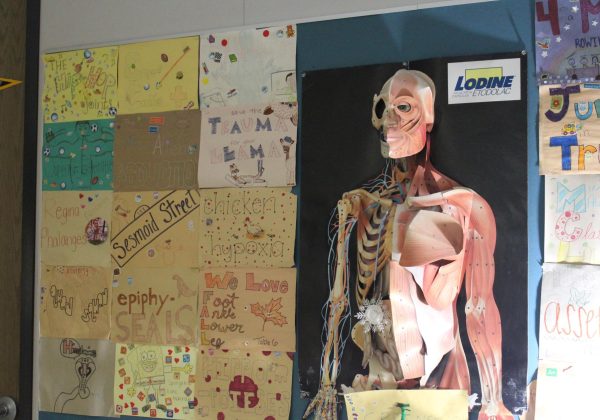
Lewis also says she enjoys how passionate the students grow to be: “I especially love when someone they have seen on tv gets injured and the students are now able to talk through the process of what their injury was and be able to make an educated guess on the severity before it is even announced in the media. It makes a connection to real life thus enhancing their understanding.”
When students are scheduling, Lewis advises to “try something you think you won’t like- you might just choose differently! Deciding what you want to do for the rest of your life is stressful, but it is just as critical to rule OUT something you are not interested in.”
In order to take Athletic Training, Lewis shares that “the prerequisite is the successful completion of Musculoskeletal Anatomy, the ability to work independently, and a junior or senior who is exploring a possible interest in a health profession career.”
AP Computer Science
“Students learn the basics of JAVA programming language. . . they can earn college credit and students code every day.” Chris Isenhour shares as he describes his class, AP Computer Science.
This class offers a unique experience for students to explore coding if they are interested while also having a self-paced curriculum. Isenhour shares that “students learn something new by figuring it out. They get a new piece of code and they try to predict what it does and then they try to see if their prediction is right.”
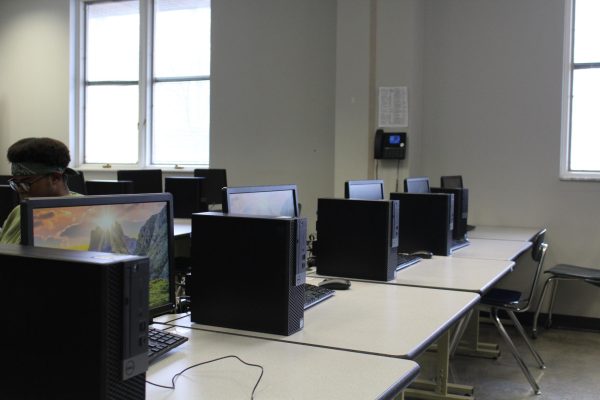
The uniqueness of AP Computer Science is the way it can prepare students for a world that is constantly becoming more based around technology. Isenhour suggests that “Students should take [the class] because it has very real world applications. With so many 21st century jobs, everybody needs to know how to code.” In order for students to be adaptable, which is one of Worthington’s goals for their students, they should be ready to change as the world changes, meaning they should have experience with skills like coding.
Another benefit of taking AP Computer Science is the potential to earn college credit. Like other AP classes that Kilbourne offers, Isenhour explains that “you can earn college credit if you score high enough on the exam.” Isenhour also informs that this could take the place of a course the student would have to take later on in college.
Isenhour also advises all students to “ask around and see what other people have done. See what people know about classes that you don’t know about, but also take classes that you can get college credit for so you don’t have to take them in college.”
Woodworking
Woodworking is another outstanding class that is offered here at Kilbourne, as many schools do not have unique places such as the wood shop.
Taught by Jon Baird, he explains the class as “a fair amount of choice to create what you want.” All students start by making a cutting board, and more choice opens up from there. Some of those choices could include “a pan or some rings” but are not limited to those options, according to Baird. Woodworking is an extremely flexible course that provides students with the opportunity to have a choice in what they are making.
Above, various tools and table can be seen in the woodworking classroom.
While woodworking is opened up to all grade levels, Baird recommends the class to “juniors and seniors predominantly, just because of maturity level and skill level. Working with tools in the wood shop definitely requires maturity.
If students are interested in creating projects or just exploring something that intrigues them, woodworking is an amazing option when looking into scheduling.
Baird’s one piece of advice for students when scheduling is: “Instead of doing late arrival or early release, take a course. . . Challenge yourself in the area of taking a class that you know nothing about.”
Though scheduling can often seem like one of the most overwhelming times of the school year, there are many resources that students can count on. Make sure to reach out to these teachers if you are interested in their classes or have questions. Also, each counselor is readily available to answer any questions about scheduling or planning for college!



